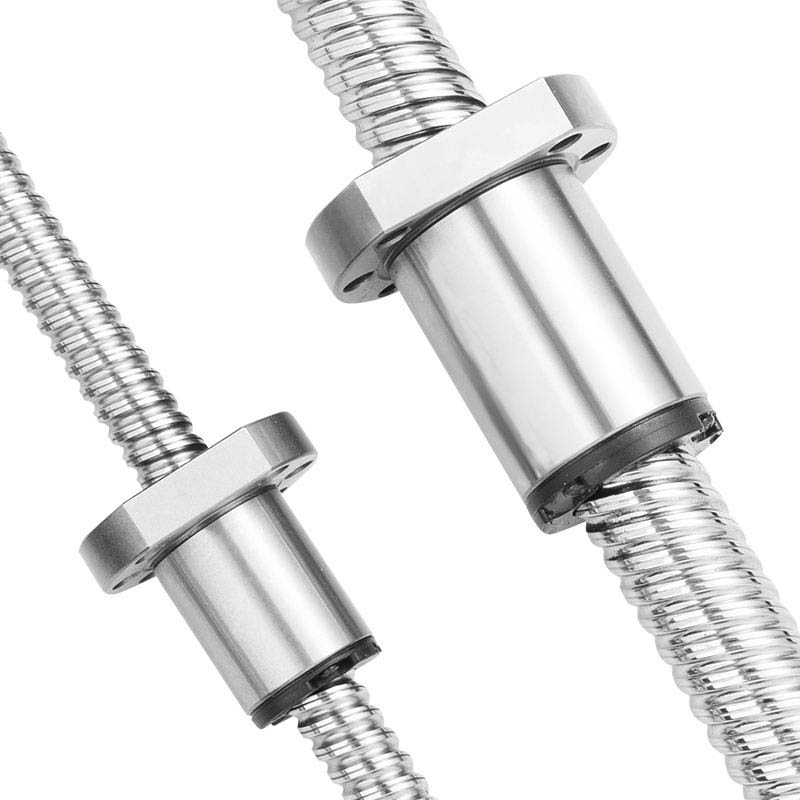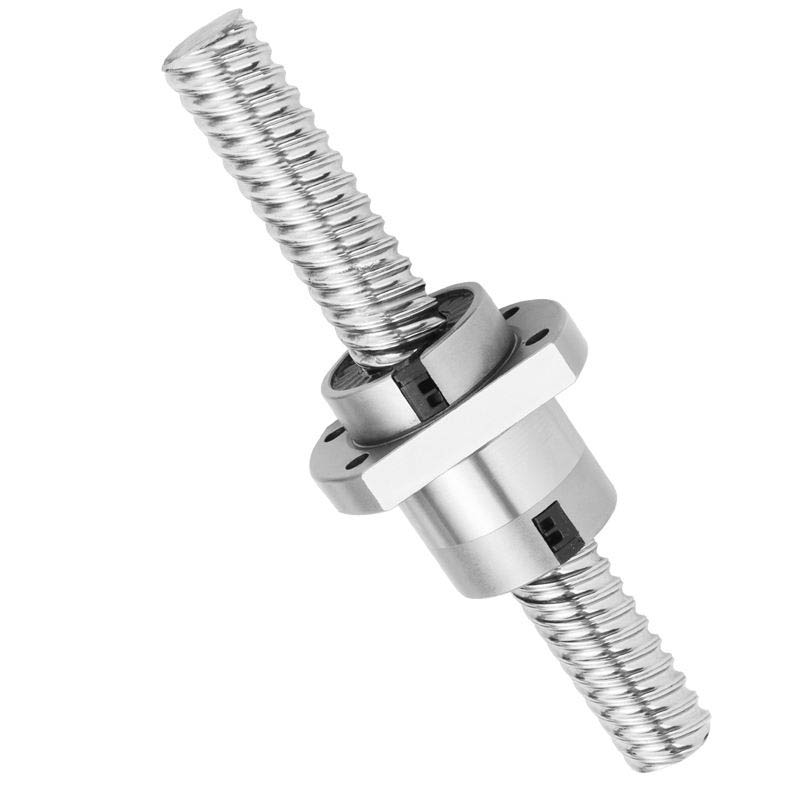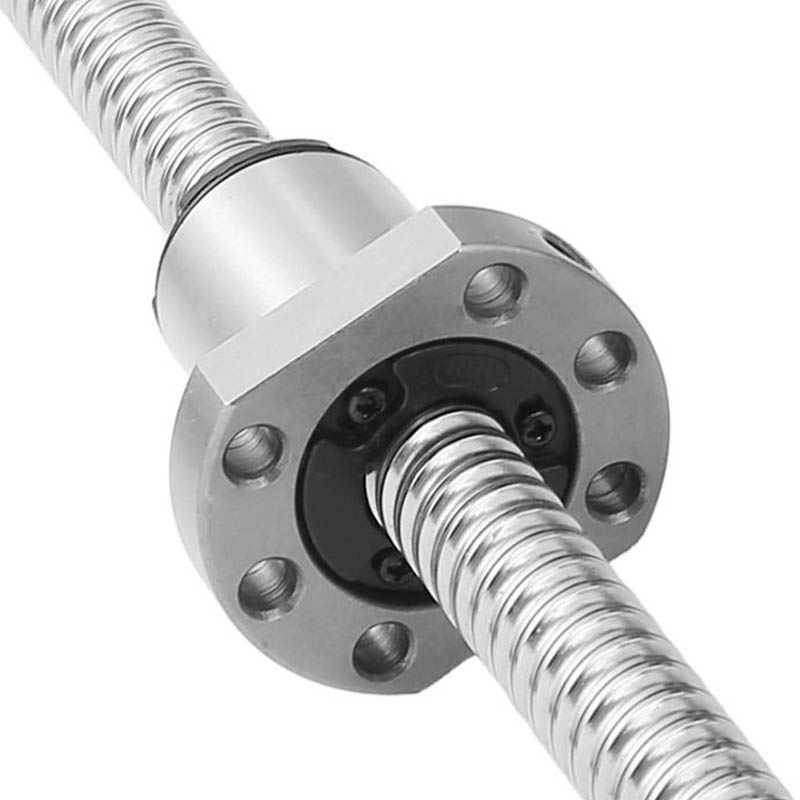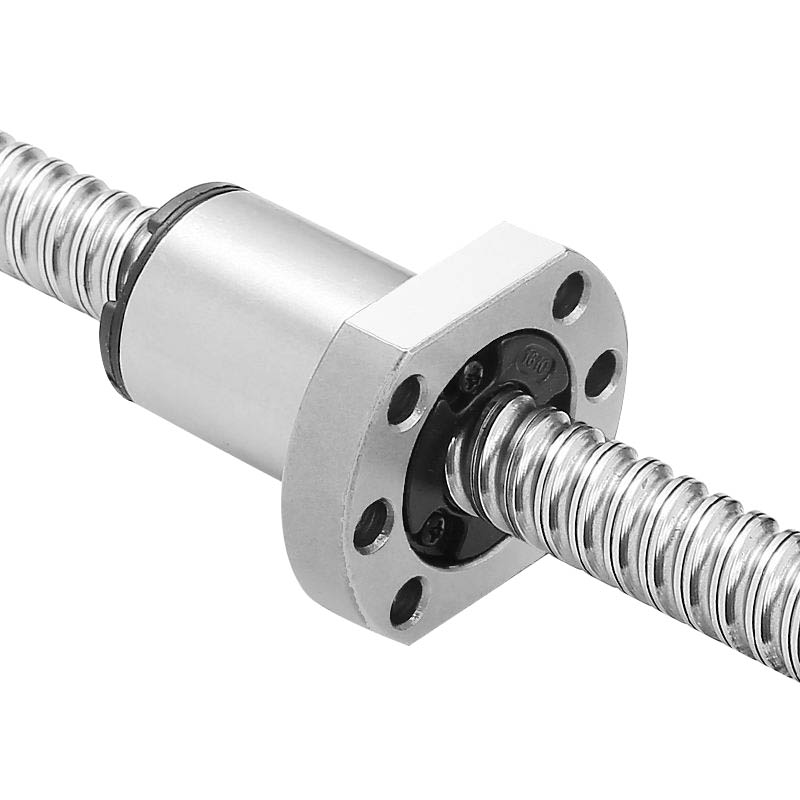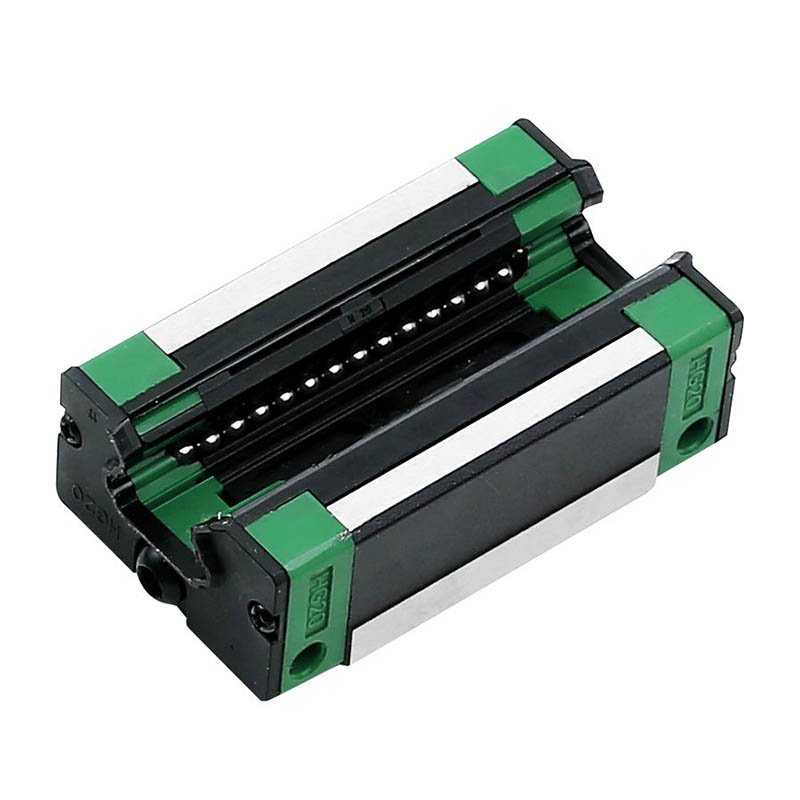In the realm of industrial automation, the meticulous selection of components plays a pivotal role in ensuring seamless operations and ideal performance. Among the myriad of parts available, linear bearings and rails emerge as fundamental elements that significantly impact the efficiency of automated systems. This article explores the practical considerations and criteria involved in the everyday selection of linear bearings and rails, shedding light on the crucial aspects that influence decision-making.
Firstly, let's delve into the essence of linear bearings. These components are designed to facilitate smooth, frictionless motion along a predetermined path, enabling precision and reliability in automated processes. The primary consideration when choosing linear bearings lies in understanding the specific application requirements. Different industries demand varying degrees of load capacity, speed, and precision. For instance, in automotive assembly lines, where rapid and precise movements are essential, high-speed linear bearings with robust load-bearing capacities may be preferred.
The choice of linear rails, which serve as the guiding tracks for linear bearings, is equally crucial. Rails are available in various materials, including steel and aluminum, each possessing unique characteristics. Factors such as environmental conditions, corrosive elements, and budget constraints play a role in determining the more suitable material. Additionally, the length and width of the rails must align with the spatial constraints of the automation system, ensuring a seamless fit within the given workspace.
One paramount consideration often overlooked is the maintenance aspect. In daily operations, the longevity and reliability of linear bearings and rails are key factors. Opting for components with self-lubricating properties or easy maintenance features can significantly reduce downtime and enhance the overall lifespan of the automation system. This proactive approach aligns with the goal of creating a robust and sustainable industrial setup.
Furthermore, compatibility with other automation components is a vital aspect that influences the selection process. The integration of linear bearings and rails with motors, controllers, and sensors necessitates a comprehensive understanding of the entire automation ecosystem. Compatibility issues can lead to inefficiencies and operational disruptions, emphasizing the need for a holistic approach when choosing these components.
The significance of precision in industrial automation cannot be overstated. When selecting linear bearings and rails, attention to details such as accuracy, repeatability, and backlash becomes imperative. These factors directly impact the overall performance and reliability of the automation system, making them essential parameters for consideration in the decision-making process.
Cost-effectiveness is another aspect that weighs heavily on the minds of those responsible for selecting industrial automation parts. Striking the right balance between quality and cost involves a careful evaluation of the specific needs of the application. Investing in high-quality linear bearings and rails may initially incur a higher cost but often pays off in the long run through increased efficiency, reduced maintenance expenses, and prolonged component lifespan.
In conclusion, the selection of linear bearings and rails for industrial automation involves a multifaceted approach. From understanding application-specific requirements to considering factors such as maintenance, compatibility, precision, and cost-effectiveness, the decision-making process demands careful consideration of various elements. By prioritizing these aspects in daily operations, businesses can ensure the seamless integration of linear bearings and rails, ultimately contributing to enhanced efficiency and productivity in the realm of industrial automation.








 English
English 中文简体
中文简体 русский
русский Español
Español
